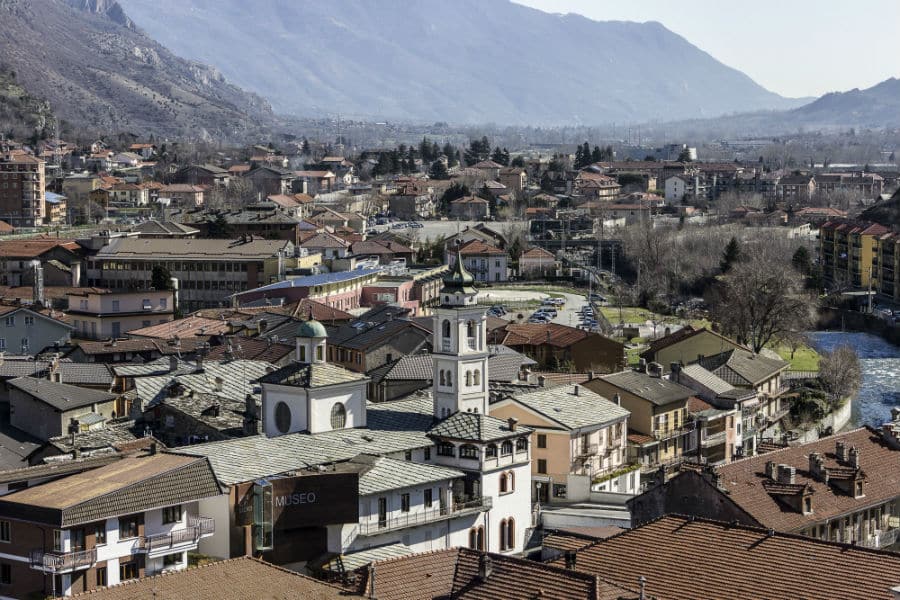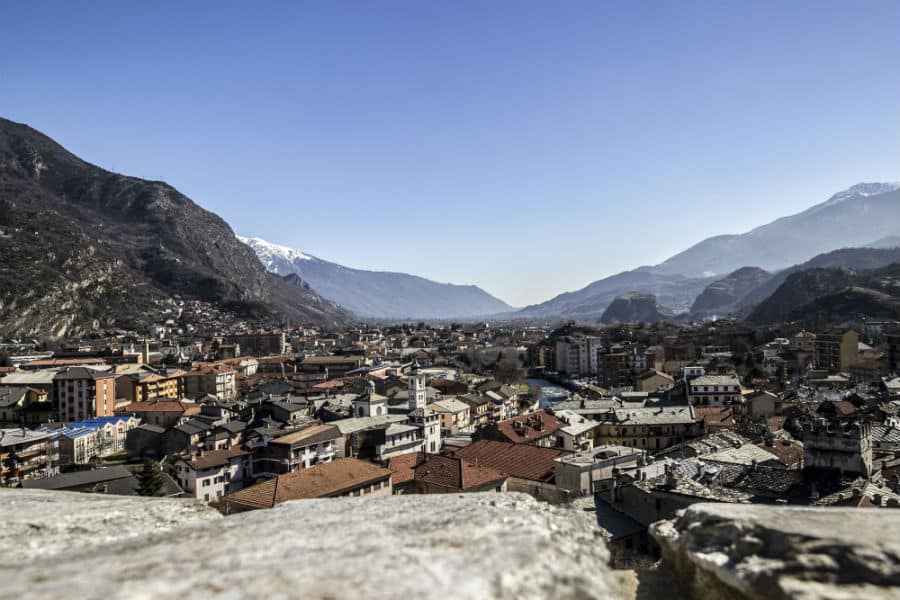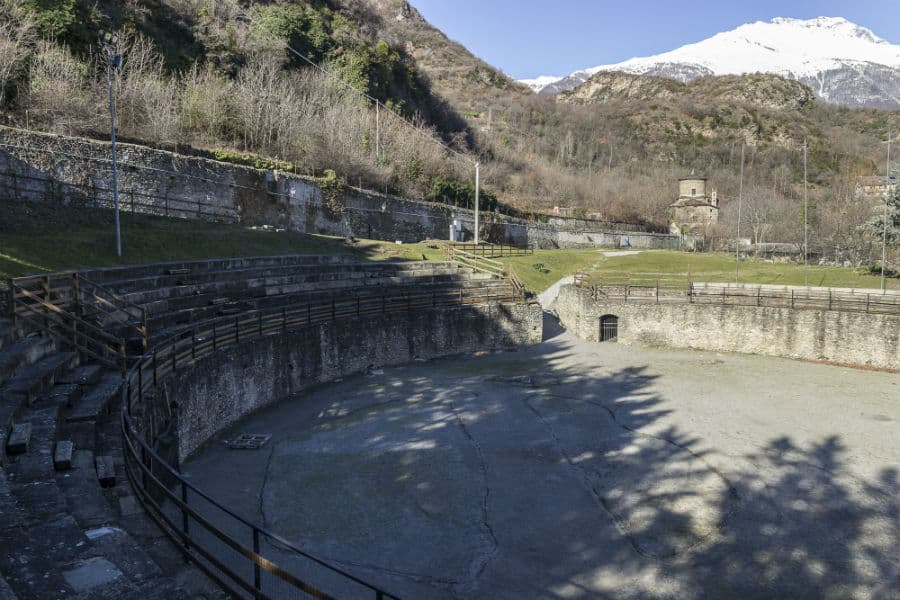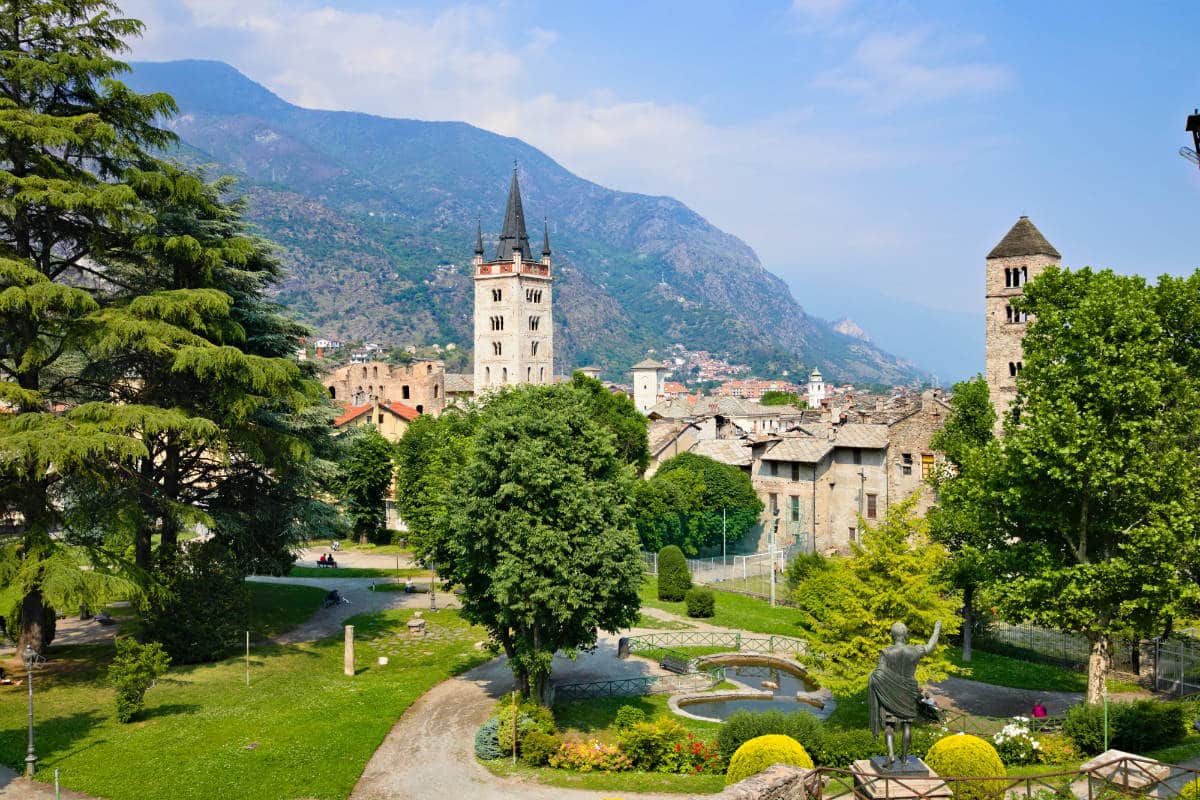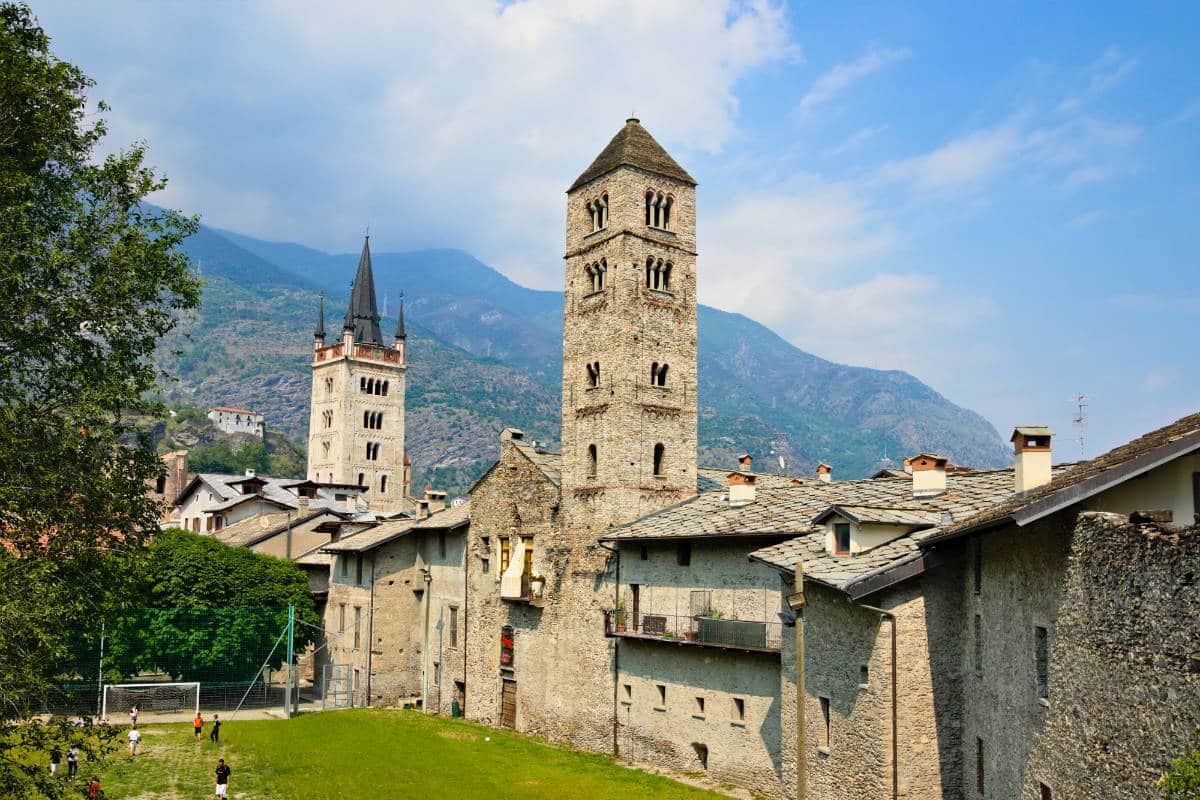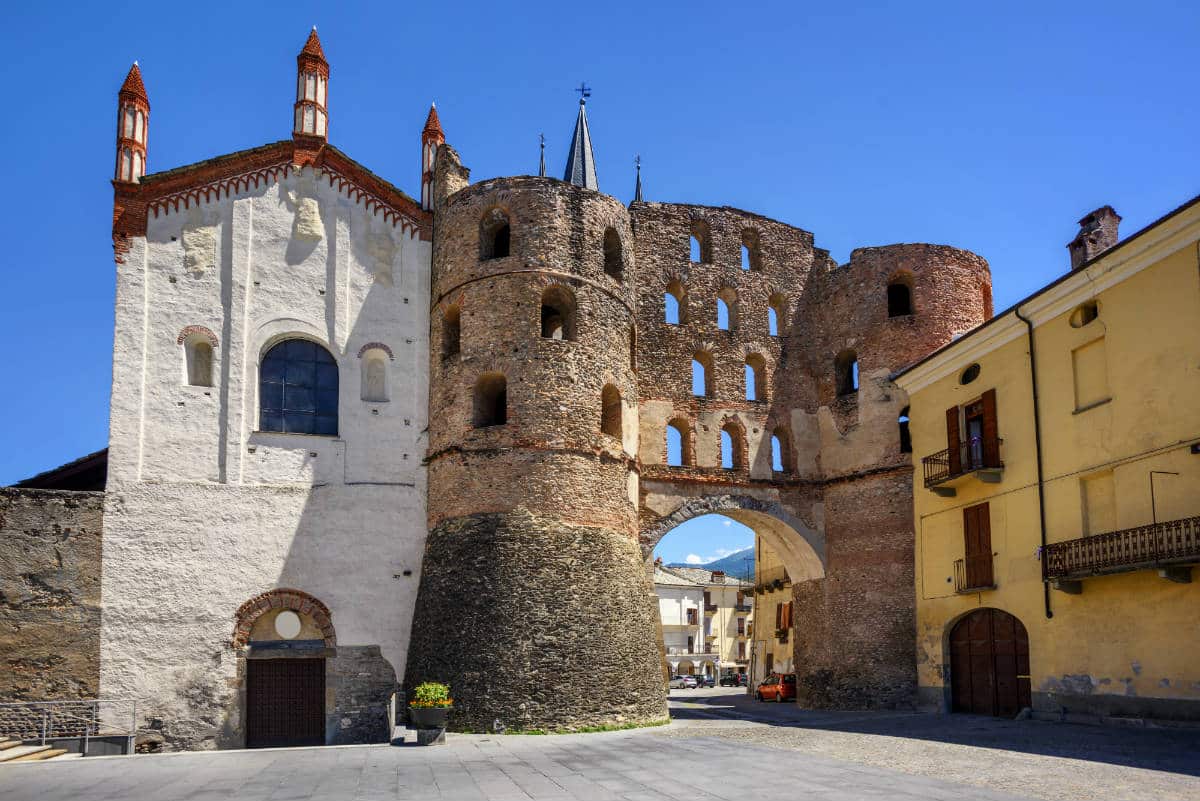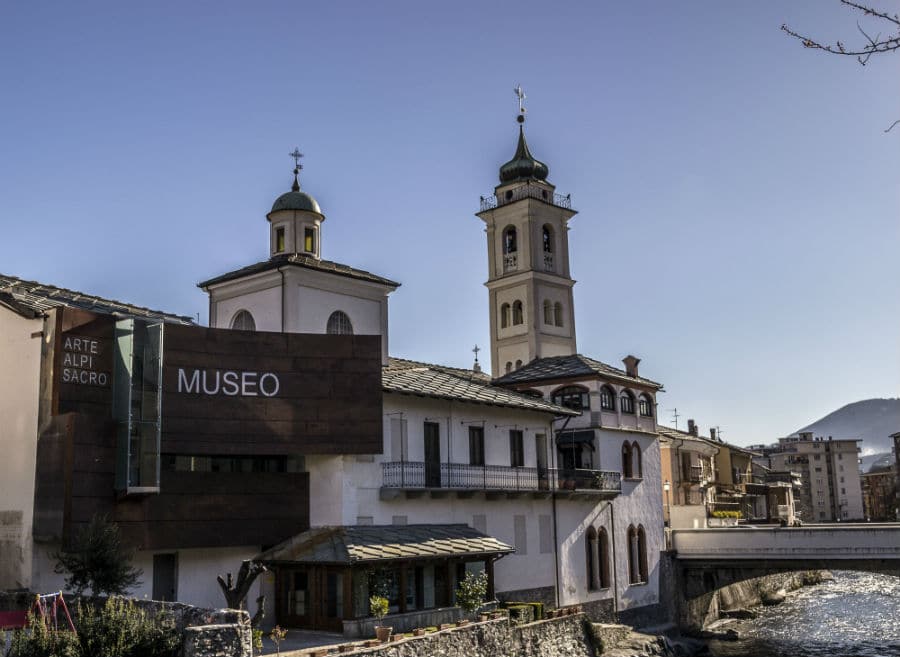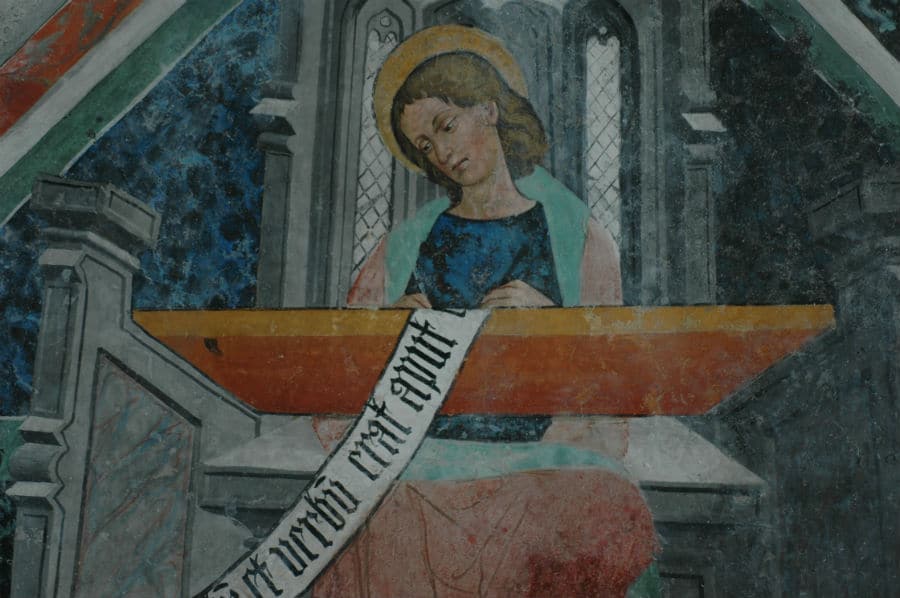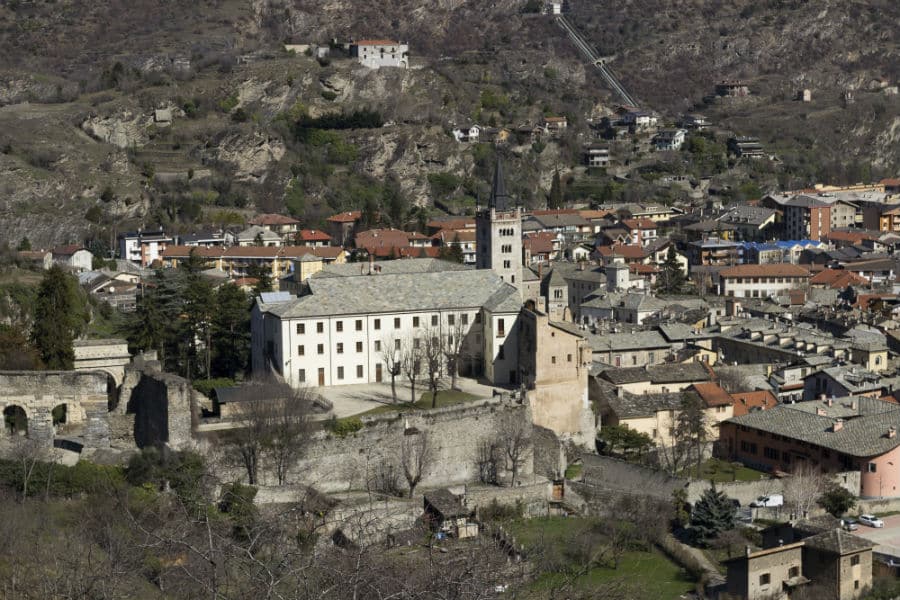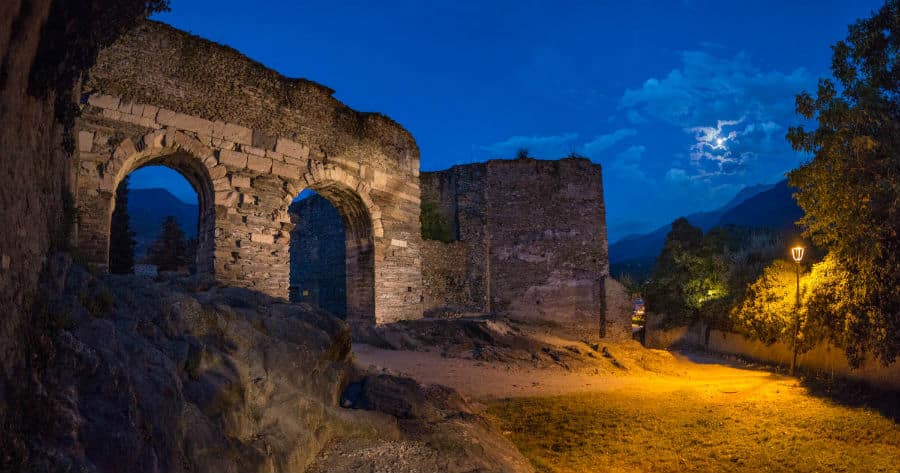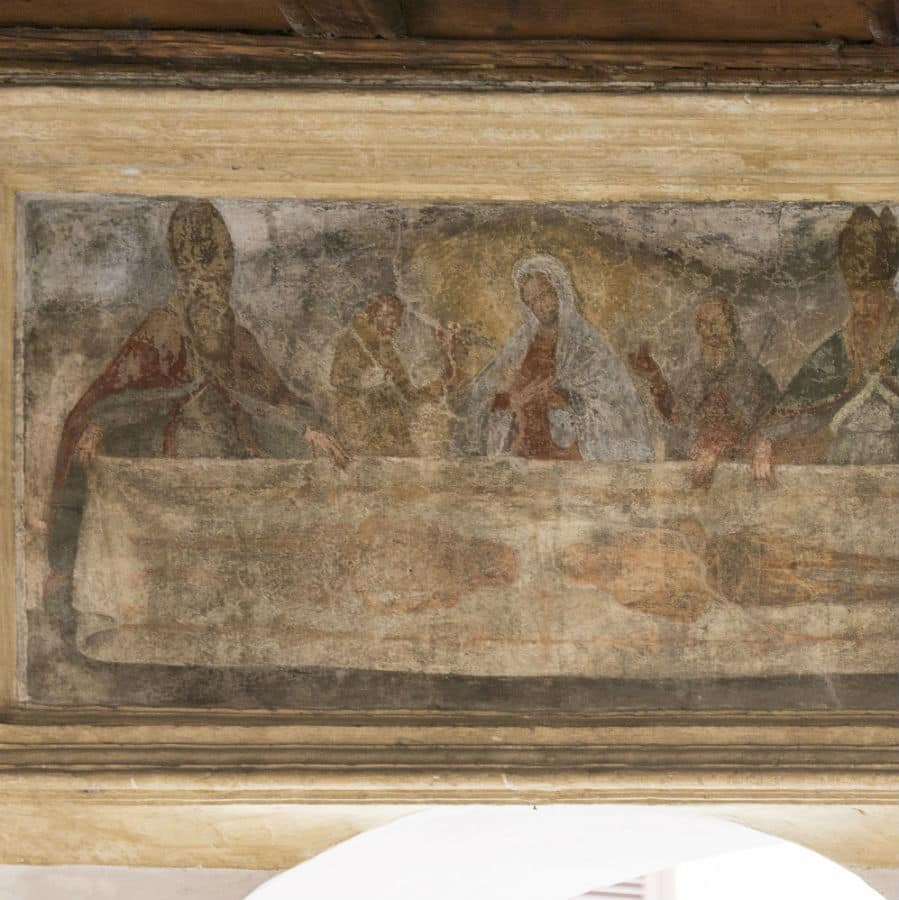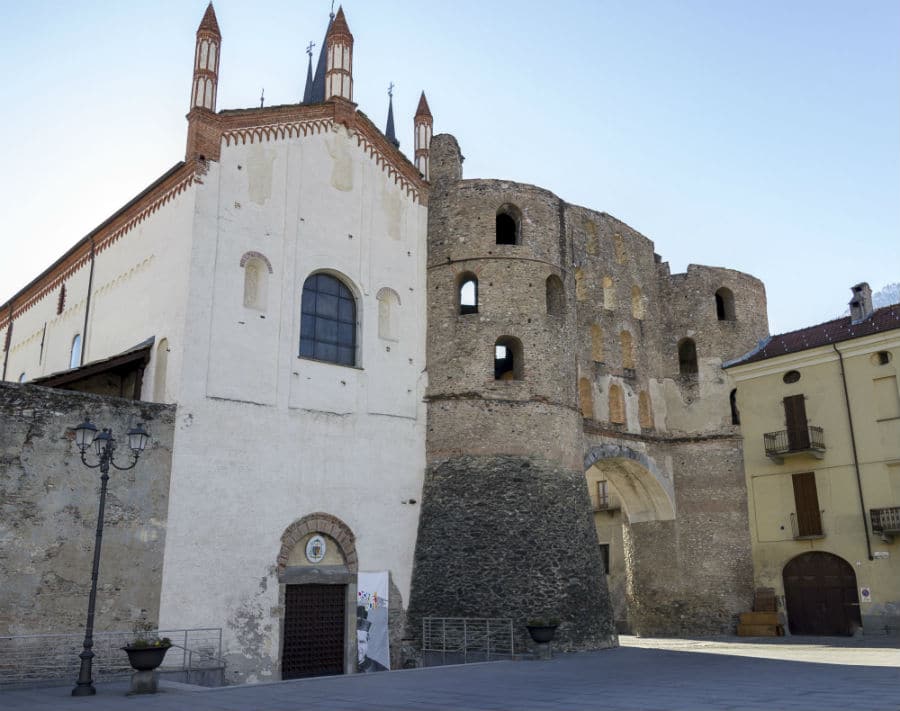On the village of Susa, the ancient Segusio, converge the streets that bare respectively to the Monginevro and Moncenisio, and secondarily to Colle delle Finestre. The point of reference for the territory valsusino, the village has ancient origins for the presence of Celtic tribes, of which Donno and then his son Cozio were the representatives. Its story begins around the sec a.C., when Augusto shook a pact of alliance with the local population, whose witness today is still visible in the decorations of the pediment of the Arch of Augustus built in 8 B.C.
to testimony of the Romanization of Susa numerous and important monuments: the rocks coppellate Celtic, witness of history segusina oldest; the aqueduct of Graziano (IV sec. d.C.); the Castrum (IV century d.C.), the arena Steve (II century d.C.), the Porta Savoia (III - IV sec. d.C.), which was resting in the XII century, the Cathedral of San Giusto; the traces of the ancient walls still preserved along the via dei Fossali (Current Soviet Union). The restoration works of the central Piazza Savoia have also brought to light some important structures that archaeologists identify as the remains of urban temple, placed at the center of the hole.
In the XI century it becomes one of the pins of the domination of the Arduinici of Turin and first outpost of the Savoy family thanks to the marriage between the Comitissa Adelaide, daughter of Olderico Manfredi Marquis of Turin, and Oddone of Moriana, son of Umberto Biancamano. The Roman Castrum will become the prerogative of the Savoy to and subsequently the seat of the governor and the napoleonic administration and today houses the Civic Museum, recently rearranged.
The importance of Susa as a center of power and religious is testified also by the present Cathedral of San Giusto, headquarters of the benedictine abbey founded in 1029 that in 1772 became Cathedral. In the XIV century the building was renovated according to the dictates of the gothic while dating to the mid fifteenth century pinnacles and terracotta decorations of the bell tower. In the fifteenth century the building was affected by a campaign of decoration work of Bottega pinerolese of Serra. Inside remarkable are the furnishings: the wooden choir (XIV century), the triptych of the Certosa of band of Jacopino de Mottis (1491); the sixteenth-century wooden sculpture of the Magdalene, the blade with the Sacred Family of Moncalvo, wooden crucifix of Etienne Fodéré. Among the religious buildings of the convent of San Francesco (13th century) has a rich portal at ghimberga and a decorative apparatus fourteenth-century of great importance. The Diocesan Museum of Susa, at the church of Madonna del Ponte (XIII century) houses objects of art significant dated between the IV and the XX century, coming from churches and chapels of the Diocese, and the cathedral of Susa.
Susa became the residence of the noble families and the mercantile bourgeoisie, between the vestiges of the houses of the Hamlet of the Nobles, the Palazzo de' Bartolomei with the adjacent Civic Tower and the baroque decorations of Palazzo Benit in via Francesco Rolando, Torre dei Rotari (XIV century). Its strategic position and facing the lands of the Dauphin who began a little upstream of Susa between Gravere and Chiomonte entailed a considerable development of military square around the middle of the 1500s when under Duke Carlo Emanuele I of Savoy was built a modern defensive attitude. The rocky hills that surround Susa became seat of imposing fortifications as the Forte di Santa Maria and the fort of the Brunetta for the control of the crossings, then dismantled by Napoleon.
The city offers a rich calendar of events and exhibitions including the Palio dei Borghi, the feast of the Madonna della Neve, the International Folk Festival.


